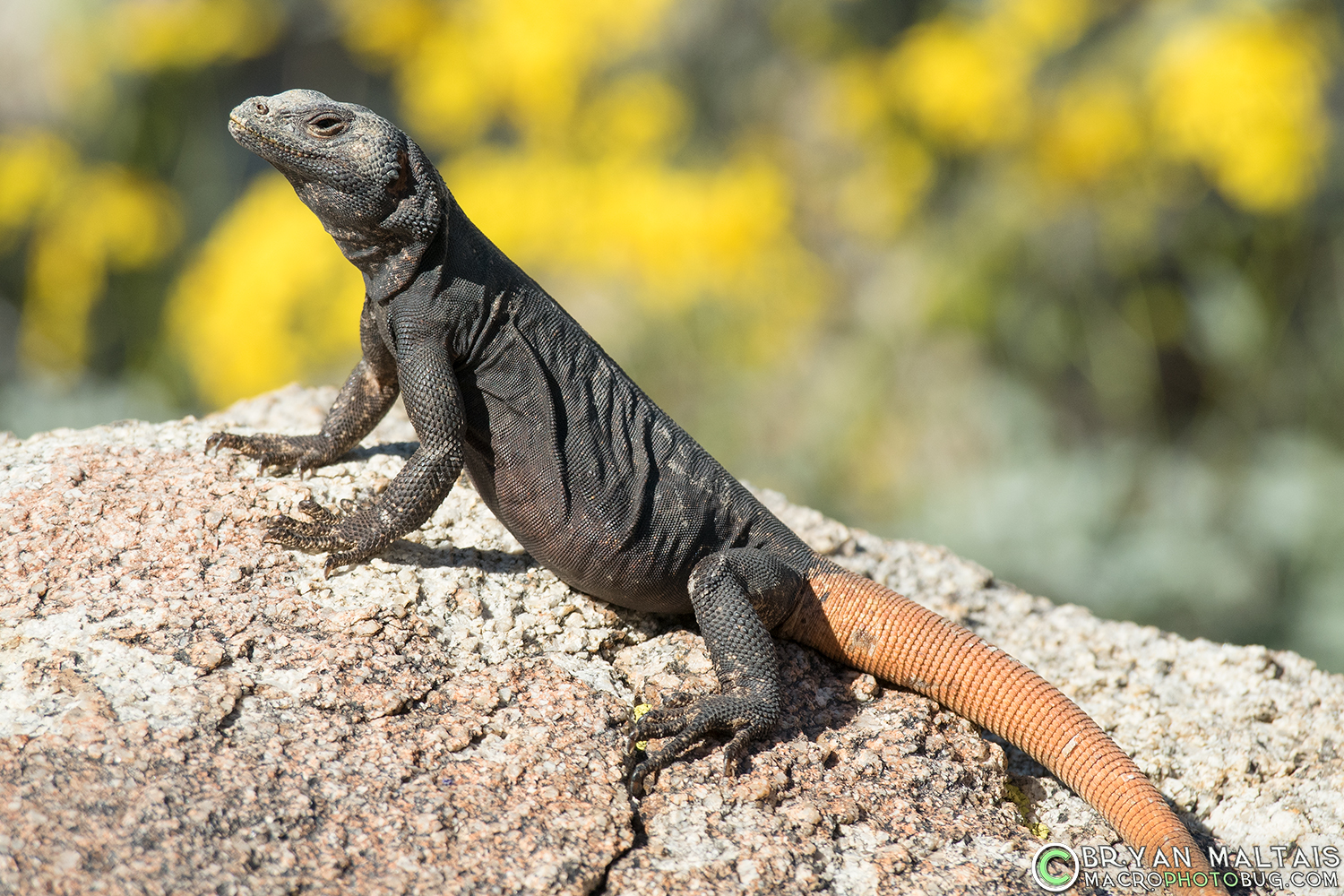 While hiking in Phoenix’ South Mountain Park, I heard a terrified scream come from two jogger girls on the trail ahead. Normally girls scream at things that I love to photograph, so I ran up ahead, thinking perhaps it was a rattlesnake. I couldn’t help but laugh when I saw what the terror was about. It was a perfectly harmless male Chuckwalla proudly perched atop a rock on the trail. He was apparently holding the petrified girls hostage. I get that some people are creeped out by reptiles, but I couldn’t understand the sheer horror. I asked them what the problem was. Barely able to speak, one girl said that she was afraid that if she moved the lizard would run over and bite her. She didn’t know if he was fatally poisonous. I was cracking up! I explained that this wasn’t a poisonous Gila Monster, but a friendly Chuckwalla. Even if it was a Gila Monster, they’re slow moving and flee if spotted; a bite only comes if you grab one. Only when I got close to the Chuckwalla to photograph him could the girls bring themselves to move, but even then they made a wide arc around the lizard. Maybe it was his vibrant orange tail that looked alarming.
While hiking in Phoenix’ South Mountain Park, I heard a terrified scream come from two jogger girls on the trail ahead. Normally girls scream at things that I love to photograph, so I ran up ahead, thinking perhaps it was a rattlesnake. I couldn’t help but laugh when I saw what the terror was about. It was a perfectly harmless male Chuckwalla proudly perched atop a rock on the trail. He was apparently holding the petrified girls hostage. I get that some people are creeped out by reptiles, but I couldn’t understand the sheer horror. I asked them what the problem was. Barely able to speak, one girl said that she was afraid that if she moved the lizard would run over and bite her. She didn’t know if he was fatally poisonous. I was cracking up! I explained that this wasn’t a poisonous Gila Monster, but a friendly Chuckwalla. Even if it was a Gila Monster, they’re slow moving and flee if spotted; a bite only comes if you grab one. Only when I got close to the Chuckwalla to photograph him could the girls bring themselves to move, but even then they made a wide arc around the lizard. Maybe it was his vibrant orange tail that looked alarming.
Seeing these reptilian root vegetables in the wild has been on my bucket list ever since I found out about them. Male Chuckwallas usually sport some iteration of orange on their coal bodies, but only Chucks from South Mountain have carrot orange tails. They’re herbivorous, and eat primarily wildflower blooms, so the best time to see Chuckwallas is early spring when the desert is dotted with yellow, blue and orange wildflowers. Chuckwallas estivate when nothing is blooming, thus appear absent from the environment.
I visited Phoenix’ South Mountain Park once before in August during the summer monsoons, but there were no Chuckwallas to be found. This time a came for a quick weekend during the height of the bloom in mid-March specifically to see some Carrot-tailed Chucks. I hiked up a trail at mid-morning on an unseasonably hot 95 degree day. I scanned every rock for a glimpse of a chuck and saw one immediately. I painstakingly crept to get close to it in case this would be my only Chuckwalla. But then I noticed another, and then another. This valley was full of big males with vibrant orange tails perched on their lookouts. Most hikers passed by without noticing them though. Despite their prevalence, you still had to know where to look for them.
Some Chucks were vigilant and fled into crevices the second they spotted me. Others, the ones who lived right off the trail and were used to hikers, let me get pretty close. One male in particular was quite comfortable with me and showed me interesting things as he hopped through his territory. At first he made it clear that he was the boss by doing pushups, as many male lizards do. Every now and then he’d scurry down a rock to a memorized patch of wildflowers and chomp on some blooms. After a while he made it back to his main rock, where to my surprise, a female was waiting for him. Lucky dog.
Normally I don’t write about specific locations where I’ve found herps to protect them from reptile collectors, however, this was such an enriching experience that I want people to be able to enjoy it. South Mountain is a State Park that’s patrolled and protected by Rangers. Expect for rangers on foot to politely make sure you’re only photographing or observing the animals here. Chuckwallas don’t do well in captivity anyway because it’s difficult to provide the exacting dietary, hibernation, and UV spectrum requirements.
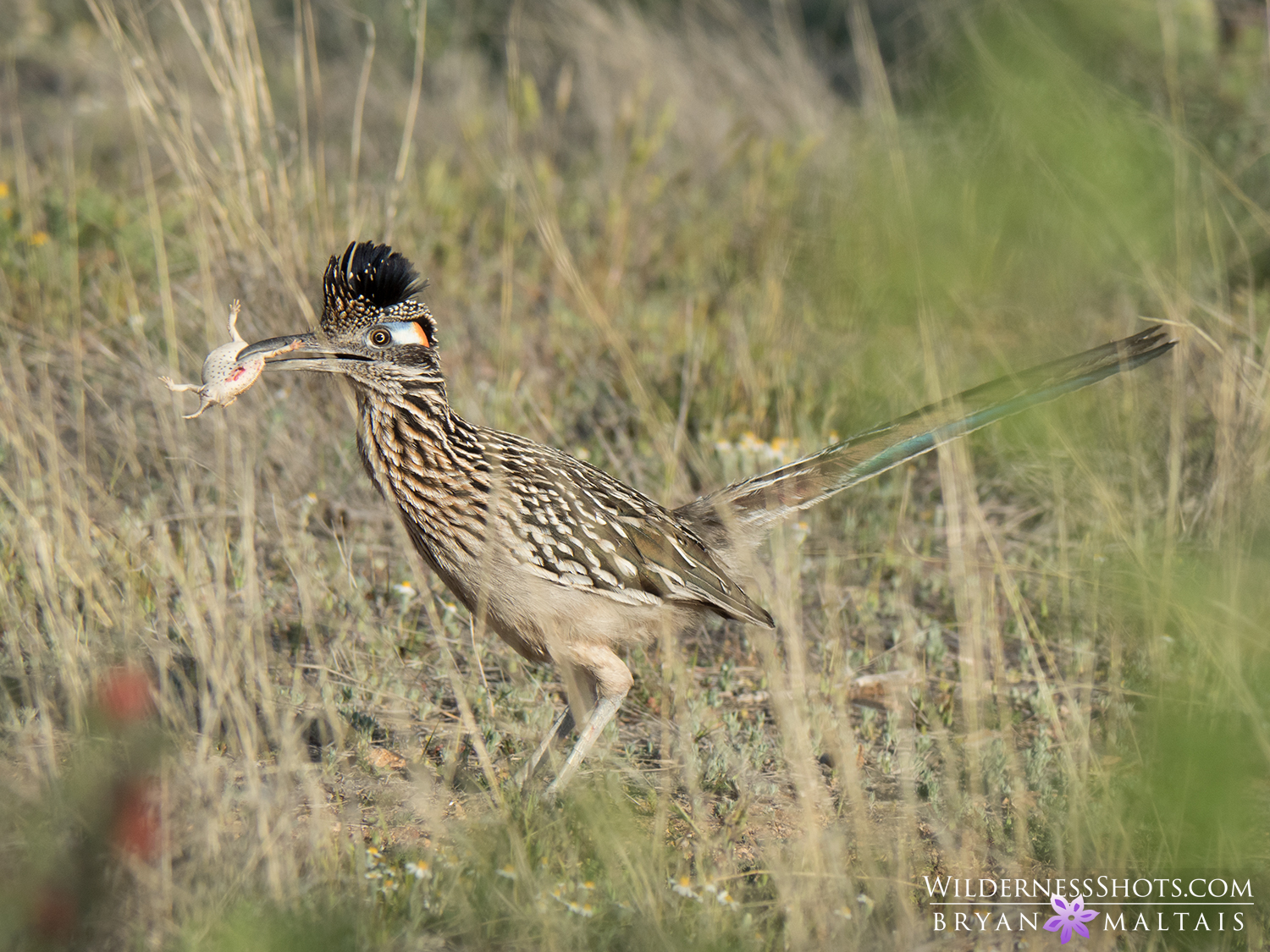
After exploring South Mountain Park in Phoenix I made a quick jaunt down to Tucson where I visited Catalina State Park. I didn’t photograph any herps, but I did get a fleeting shot shot of a Greater Roadrunner carrying a horned lizard in its mouth. The landscape there was awesome too.
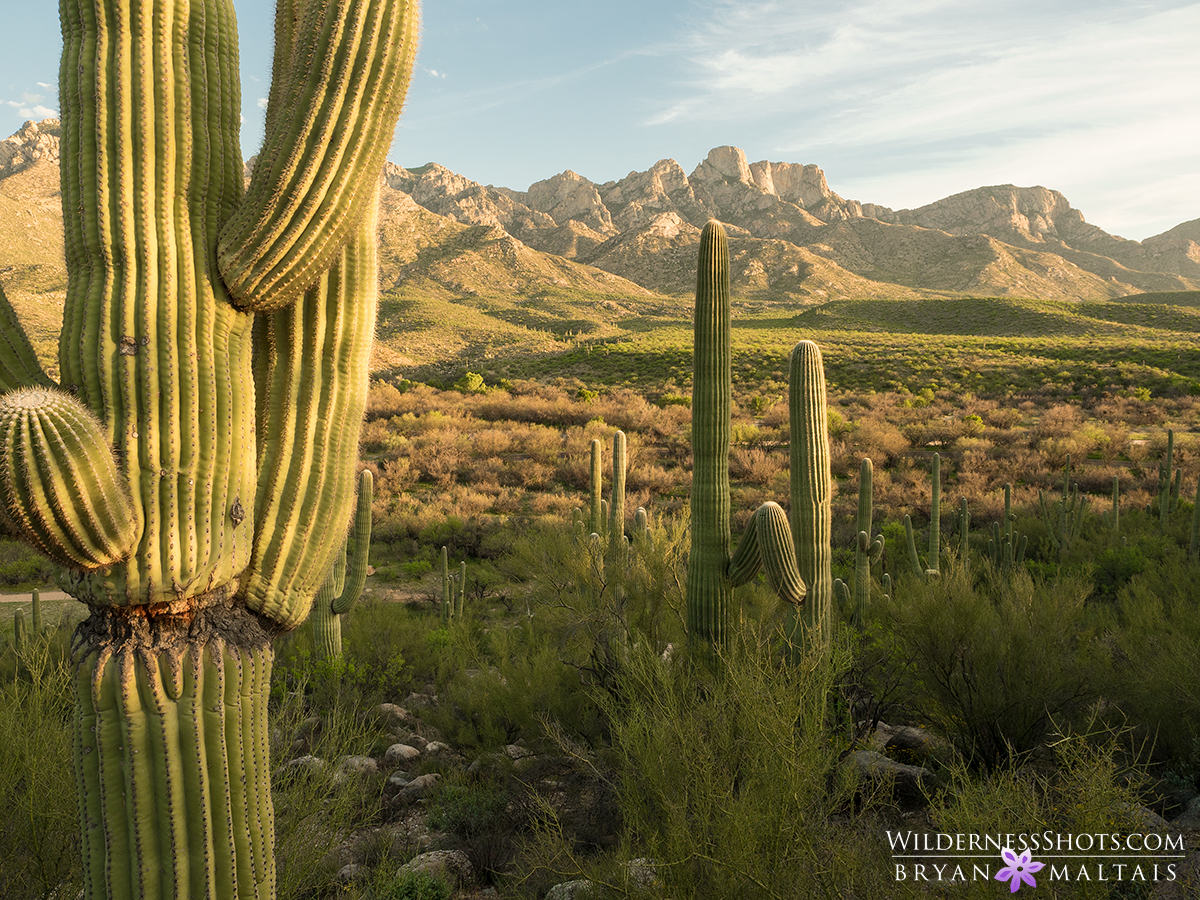
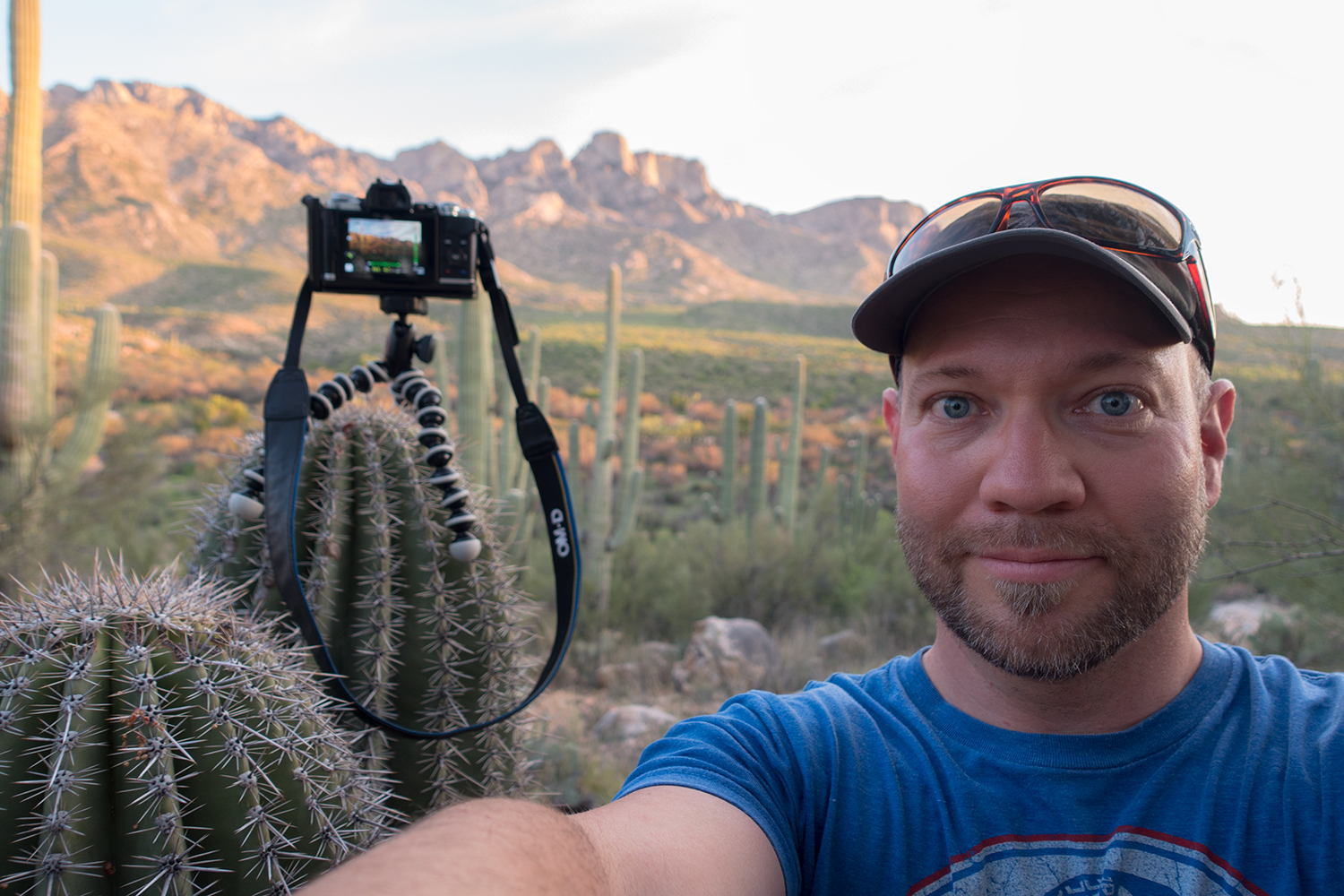

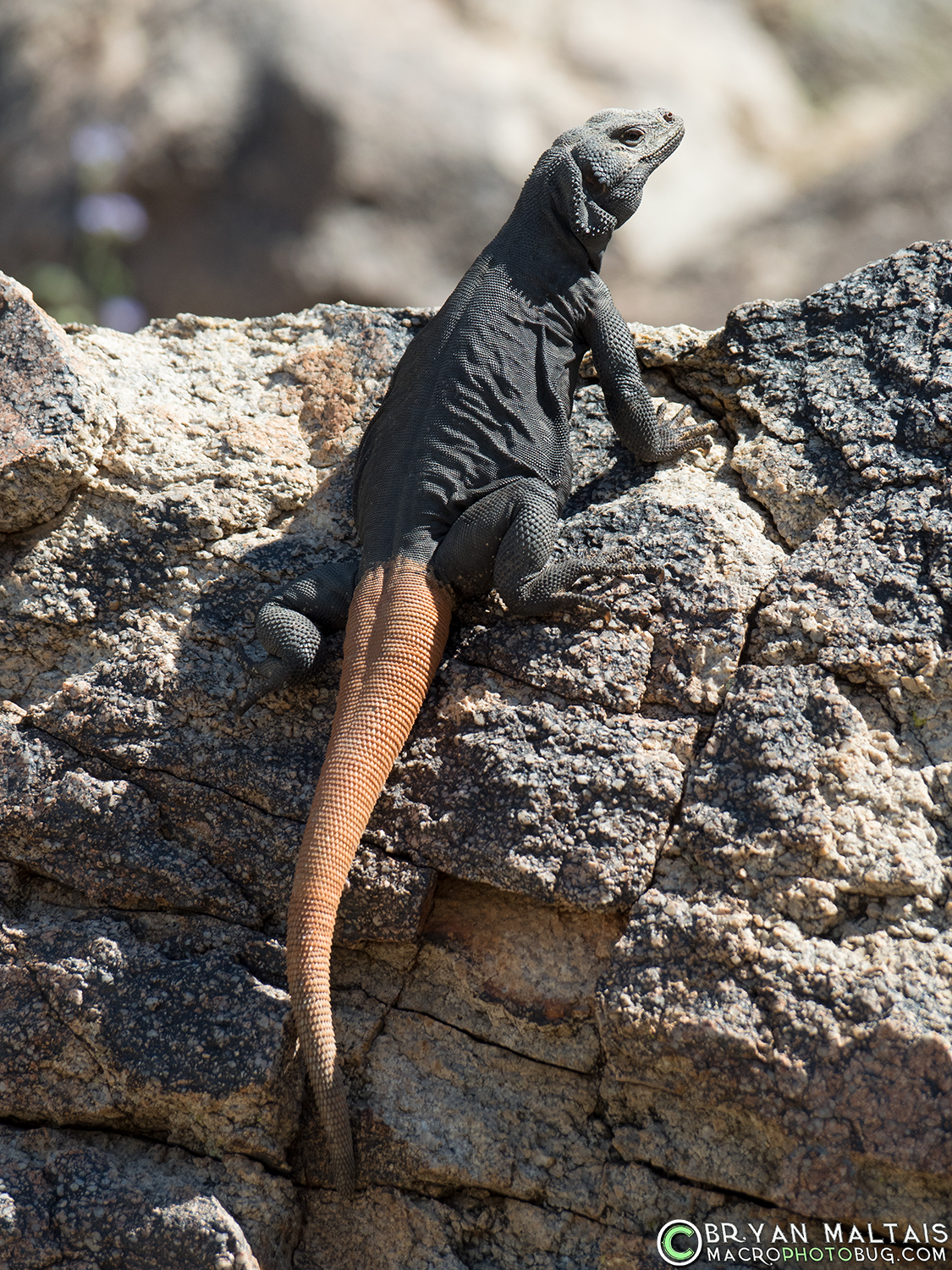
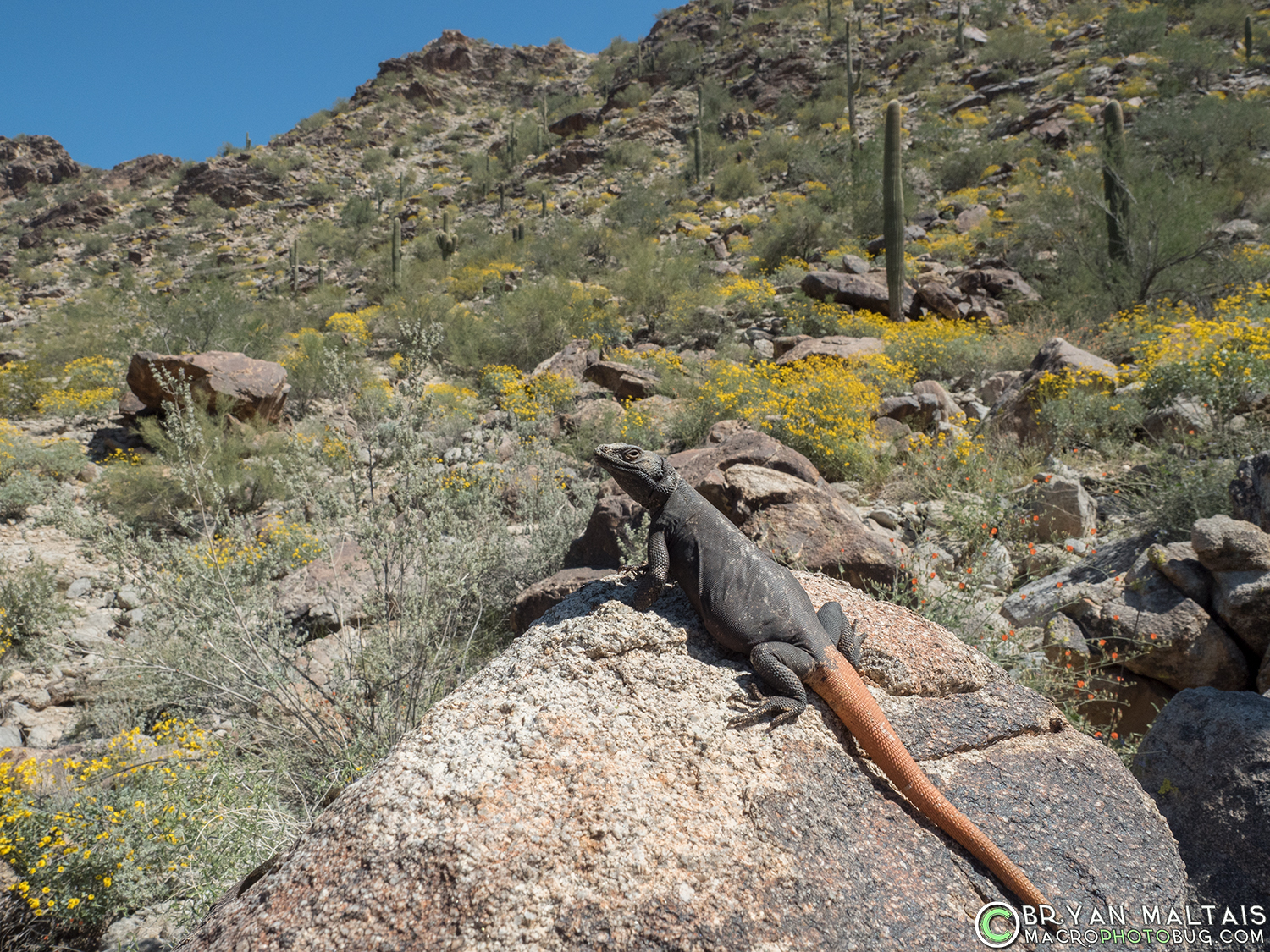
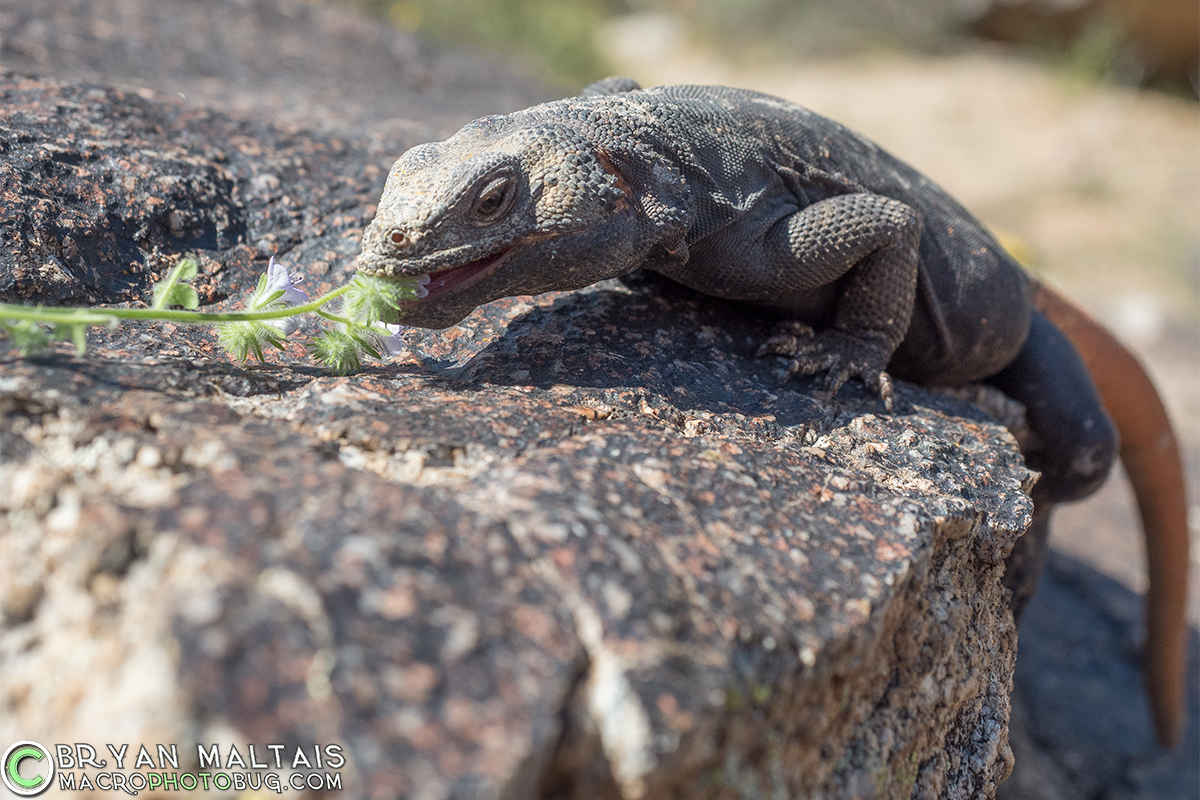
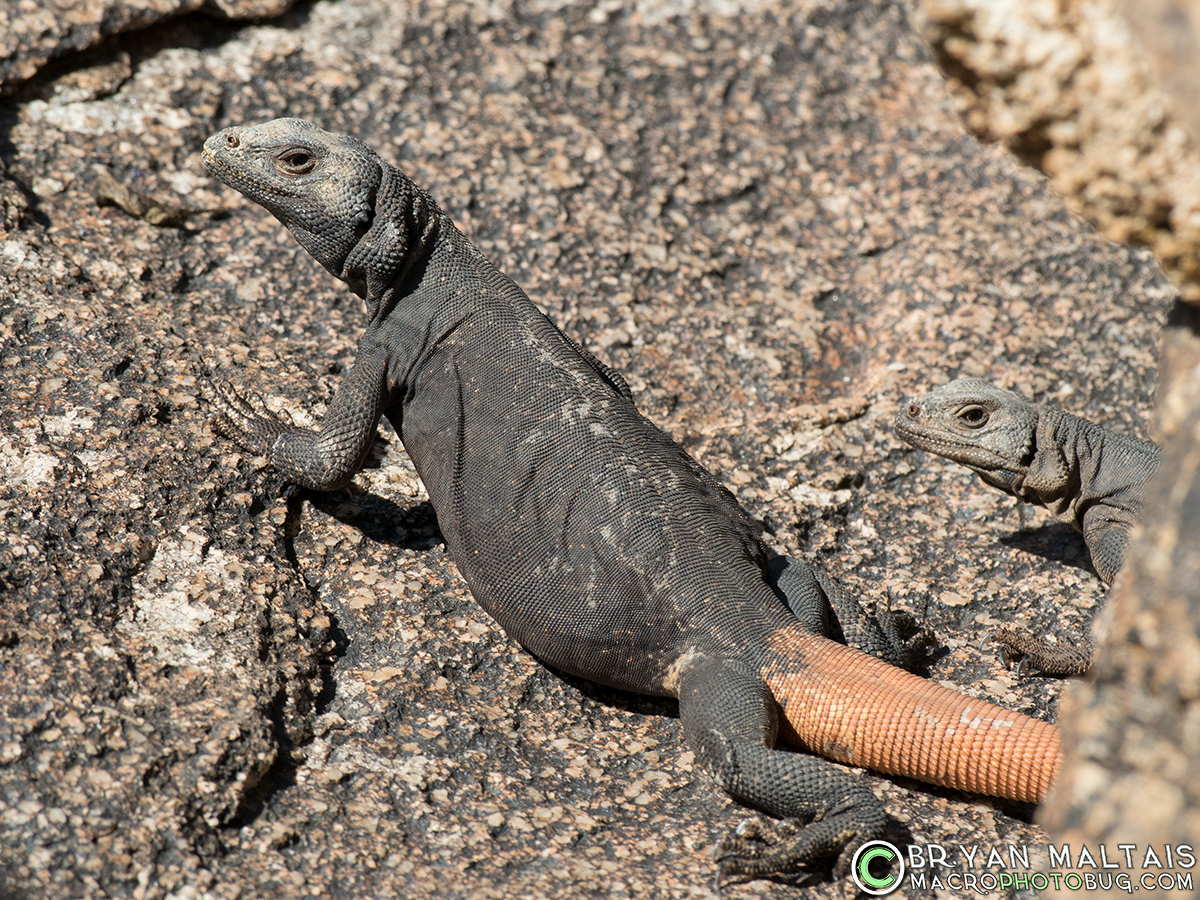
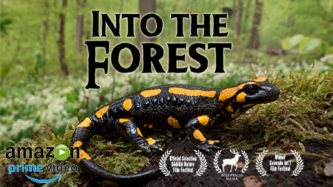


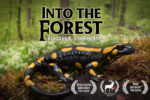
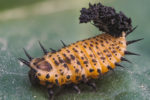
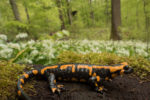
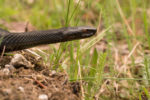
We saw lots of them today at south Mountain. Interesting, I think and most hikers do not notice.
They’re great, and most people walk write by without noticing!
Got some good pix today of a good-sized chuckwalla – I’ve seen 3 different ones over the past few days, elusive they are but if you know where and how to look for them you can find them. My 200mm lens came in handy awaiting my 300mm this week. Would love to snap some rattlesnakes from afar but haven’t seen any yet.
Your pix are excellent by the way.
I saw some Chuckwallas that had colored tails but not as brightly colored as the ‘carrot tailed’ variety. They had brightly colored bellies though.
I go hiking on South Mountain all the time and these adorable little guys just started popping up and I love taking pictures of them and they’re so goofy.